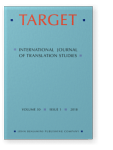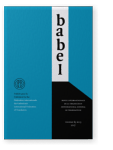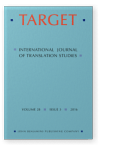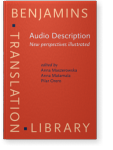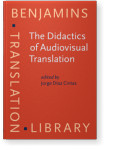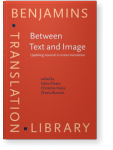Elisa Perego
List of John Benjamins publications for which Elisa Perego plays a role.
2018 Dubbing vs. subtitling: Complexity matters Target 30:1, pp. 137–157 | Article
Despite the claims regarding the potential disruptiveness of subtitling for audiovisual processing, existing empirical evidence supports the idea that subtitle processing is semi-automatic and cognitively effective, and that, in moderately complex viewing scenarios, dubbing does not necessarily… read more
2017 Dubbing versus subtitling yet again? An empirical study on user comprehension and preferences in Spain Babel 63:3, pp. 423–441 | Article
The dubbing versus subtitling debate has been a recurrent topic in the audiovisual translation literature, but empirical research into the reception of both modes is still lacking. This article presents the results of an experiment that aimed to investigate to what extent comprehension, memory,… read more
2016 Gains and losses of watching audio described films for sighted viewers Target 28:3, pp. 424–444 | Article
Audio description (AD) is a unique form of communication that guarantees access to audiovisual material for blind people through an additional verbal commentary that describes relevant visual cues. In spite of its original purpose and target audience, some scholars and some guidelines maintain… read more
2014 chapter 5. Film language and tools Audio Description: New perspectives illustrated, Maszerowska, Anna, Anna Matamala and Pilar Orero (eds.), pp. 81–102 | Chapter
2008 Tailor-made interlingual subtitling as a means to enhance second language acquisition The Didactics of Audiovisual Translation, Díaz-Cintas, Jorge (ed.), pp. 215–225 | Article
2008 Subtitles and line-breaks: Towards improved readability Between Text and Image: Updating research in screen translation, Chiaro, Delia, Christine Heiss and Chiara Bucaria (eds.), pp. 211–223 | Article
Psycholinguistic literature shows that reading is so highly structured and formalized as to make it a routine and automated task. So long as the syntax and lexicon of the text both remain within normal variation, the flow of reading is not interrupted. When accustomed patterns are violated, this… read more
